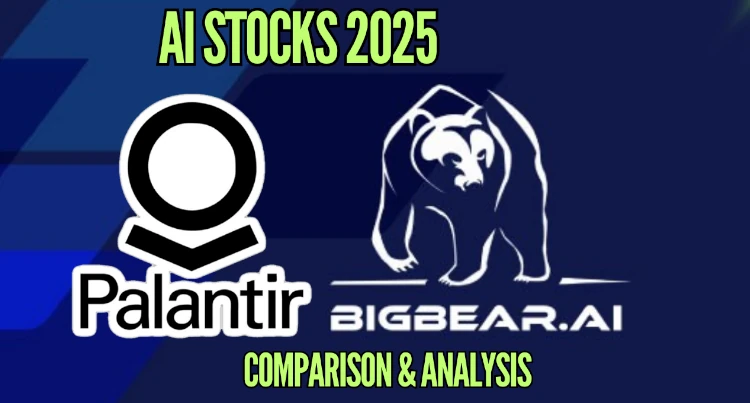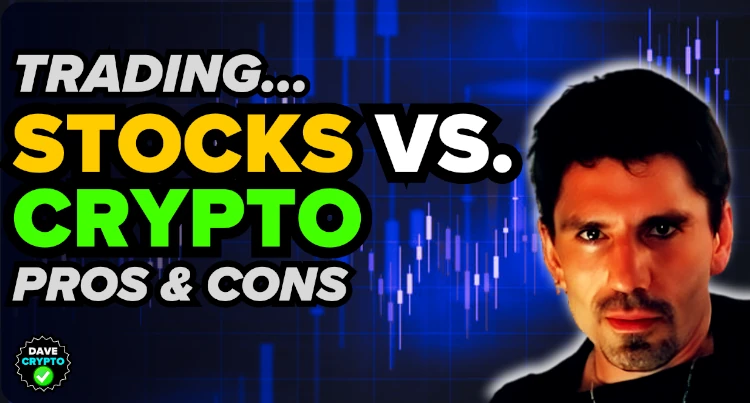How have Donald Trump’s Tariff policies effected the markets and what is the outlook for 2025?
Donald Trump’s recent tariff policies have significantly impacted the stock market, creating volatility and uncertainty.
Immediate Market Reaction:
On April 2, 2025, President Trump announced sweeping tariffs, including a 10% levy on all imports and higher rates on specific countries. This led to a sharp market downturn, with the Dow Jones Industrial Average falling over 1,600 points and the S&P 500 dropping more than 3% in a single day. Over the next two days, U.S. stocks lost approximately $6.6 trillion in value, marking one of the largest two-day losses in history.
Sector-Specific Impacts:
Industries heavily reliant on international trade, such as technology and manufacturing, experienced significant declines. Companies like Apple faced potential 25% tariffs on products not manufactured in the U.S., leading to investor concerns and stock sell-offs.
Economic Outlook:
The Penn Wharton Budget Model projects that these tariffs could reduce long-term U.S. GDP by about 6% and wages by 5%. A typical middle-income household might face a lifetime loss of $22,000. Additionally, the International Monetary Fund downgraded the U.S. economic growth forecast for 2025 from 2.7% to 1.8%, citing concerns over the tariffs.
Investor Sentiment:
Despite a temporary rebound in mid-May, investor confidence remains shaky. Major indices like the S&P 500 and Nasdaq have entered correction territory, and volatility indices have spiked. Analysts warn of potential stagflation, where high inflation coincides with stagnant economic growth.
2025 Outlook:
The market’s future performance hinges on the administration’s trade policies and potential retaliatory measures from other countries. Investors are advised to stay informed and consider diversifying their portfolios to mitigate risks associated with ongoing trade tensions.
Investment Strategy Breakdown by Sector
The current environment—marked by market recovery, Bitcoin hitting new highs, and ongoing tariff-related uncertainty—presents a mix of risk and opportunity.
Here’s a sector-by-sector breakdown and investment strategy recommendation:
1. AI & Tech Infrastructure
- Strong growth despite volatility.
- Benefiting from AI boom, cloud expansion, and chip demand.
- Semiconductor ETFs (e.g., SOXX), AI-related companies (e.g., NVDA, AMD, PLTR).
2. Commodities & Industrial Metals
- Tariffs often drive inflation and demand for hard assets.
- Green energy transition also boosting lithium, copper, and rare earth elements.
- FCX (Freeport-McMoRan), LIT ETF (lithium), SCCO (copper).
3. Energy & Oil
- Fossil fuels still in demand during economic reshuffling.
- Tariffs on renewables could make oil more competitive.
- XLE ETF, CVX, XOM, or oilfield services like SLB.
4. Bitcoin & Crypto-Adjacent Stocks
- If Bitcoin continues rallying, miners and exchanges benefit.
- MARA, RIOT, COIN, or crypto ETFs.
- Exposure to small-cap crypto projects could yield asymmetric gains—but extreme caution is warranted.
5. Small-Cap & Penny Stocks
- High potential upside if risk appetite returns.
- Look for companies in AI, biotech, or materials with real revenue or catalysts.
- Best strategies:
- Use screeners to filter for small-cap stocks with strong earnings growth and low debt.
- Avoid meme stocks unless short-term trading is the goal.
6. Defensive & Dividends
- If tariffs slow growth, defensive sectors (utilities, healthcare, consumer staples) offer protection.
- Dividend-paying stocks hedge against volatility.
- VYM ETF, JNJ, PG, PEP, or XLU (utilities ETF).
7. International & Emerging Markets
- Non-U.S. companies less exposed to U.S. tariff disruptions.
- Some regions benefit from trade realignment.
- India ETFs (e.g., INDA), LATAM (e.g., EWZ), Southeast Asia (e.g., VNM).
Outlook-Based Strategy:
- Bullish risk-on: Lean into tech, crypto, small-caps.
- Cautious recovery: Blend growth with defensive sectors and dividend stocks.
- High inflation scenario: Commodities, energy, and inflation-protected assets (e.g., TIPS ETFs like TIP).






